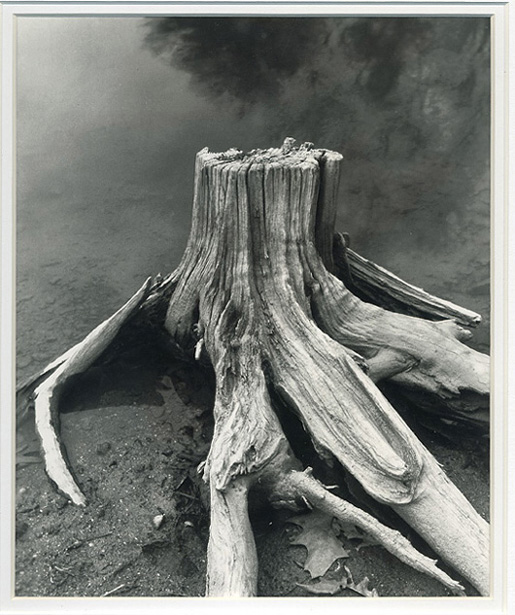I hope to start some useful discussion with this print. This is a gelatin silver print made from a digital negative. The image was shot on TRI-X film around 1991. I inadvertenly scratched the negative. I failed to remove the scratches using all manner of conventional methods. After attending Dan Burkholder's class on digital negatives, I scanned the negative on an Epson 1640 SU scanner at 1600 DPI. I then used photoshop to remove the vertical scratches that were in the upper left quadrant of the print (i had previously made an otherwise acceptable wet print). I used photoshop to match the bad wet print. I then reversed the image and printed a negative at 300 DPI on Pictorico PGHG film using my Epson 1280 printer. I then went into the darkroom and did a contact test print with the PGHG and Ilford Gallerie Grade 3 paper using my Beseler enlarger and Zone VI cold light. After determining the correct time, I printed a final "fine print", fixed it twice, toned it lightly in selenium and washed it for 1.5 hours in an Oriental Archival Print washer. It is now mounted and ready for display. Is this print acceptable as a conventional print even though I photoshoped it to remove scratches? What are thoughts on the interim digital negative to get to the final gelatin silver print? Is it acceptable to submitted it in the critique or standard galleries. I am on record all over APUG for keeping digital off the site; I don't like negative scans, and I don't submit nor do I comment on them. I am really looking for your advice and critique of this process. It clearly has implications in the A vs. D. debate. Could this be a fair compromise.... please don't hold back, I have thick skin and all comments are welcomed...
Thanks!!!!








